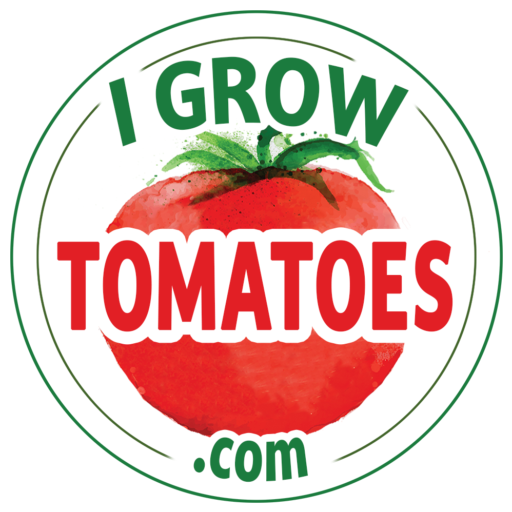Are you dealing with curling or deformed tomato leaves but have no idea what might be causing the issue?
One thing is for certain, strong, healthy tomato plants lead to big harvests and delicious, ripe tomatoes. But unfortunately, whether it’s an excessive heatwave, an overabundance of rain, or invading pests or disease, tomato plants can sometimes quickly turn from vibrant and strong to weak and struggling. And curling leaves are often the first sign there is a problem!
When leaves curl or start to become deformed on tomato plants, it can actually be due to a couple of different factors. Thankfully, most of them are actually smaller issues that are quite easy to fix.
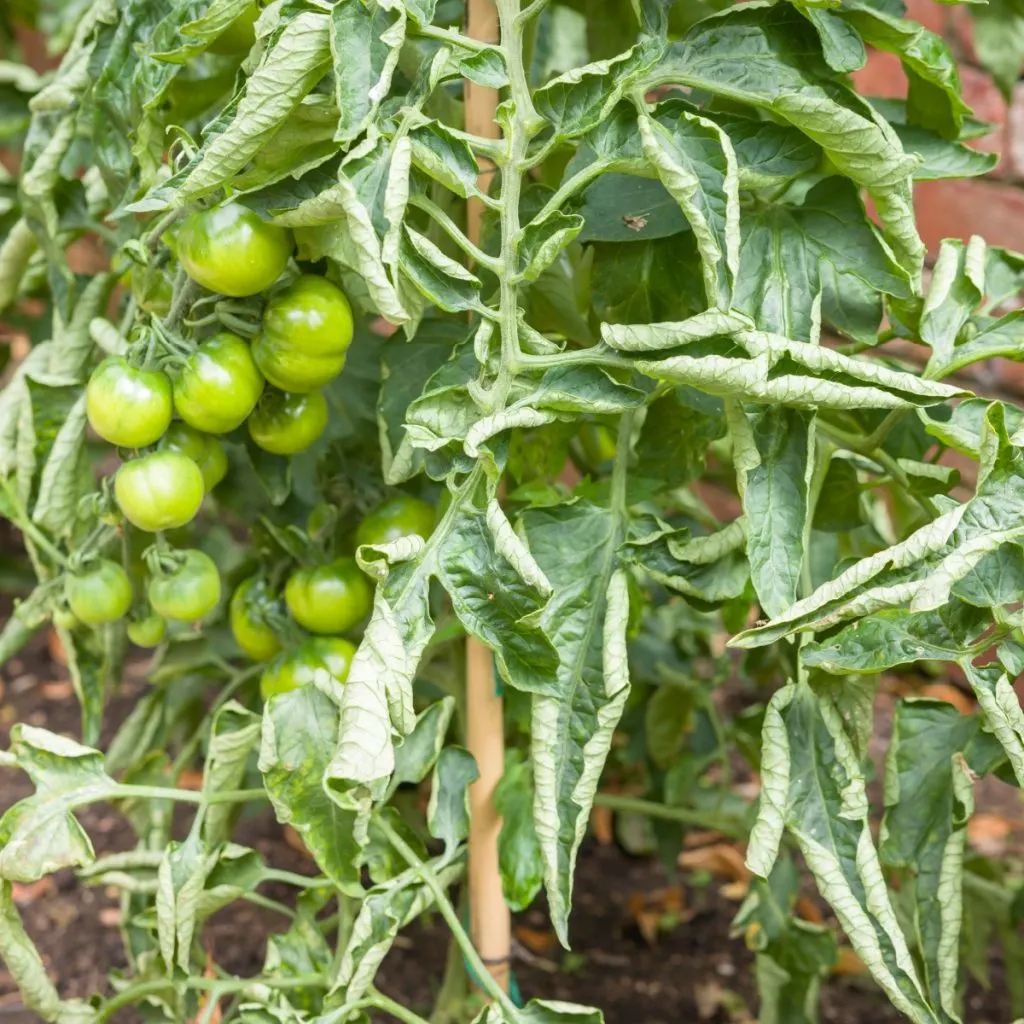
The very first step to getting your plants back to health is to figure out the root cause. And in almost all instances, that cause comes down to one of four different issues. With that in mind, here is a look at each of the 4 main causes of curling leaves – and how to fix each issue with ease!
4 Reasons Why Your Tomato Leaves Are Curling – And How To Fix The Problem!
#1 Nutrient Deficiency
Tomatoes are extremely heavy feeders. They soak up a ton of nutrients and other resources from the soil in order to grow large and produce fruit. These resources are needed to power plants and keep them healthy and strong.
In order to provide plants with the additional energy they need, gardeners turn to fertilizers. However, if you happen to be using the wrong type of fertilizer, it can cause an imbalance of nutrients. That in turn can spell problems for tomato plants. Both a lack of and an excess of nutrients can cause leaf curling.
Fertilizers are mostly made up of “the big 3” nutrients: Nitrogen (N), Phosphorous (P), and Potassium (K). These nutrients are represented on the label of most fertilizers in the ratios of N-P-K.
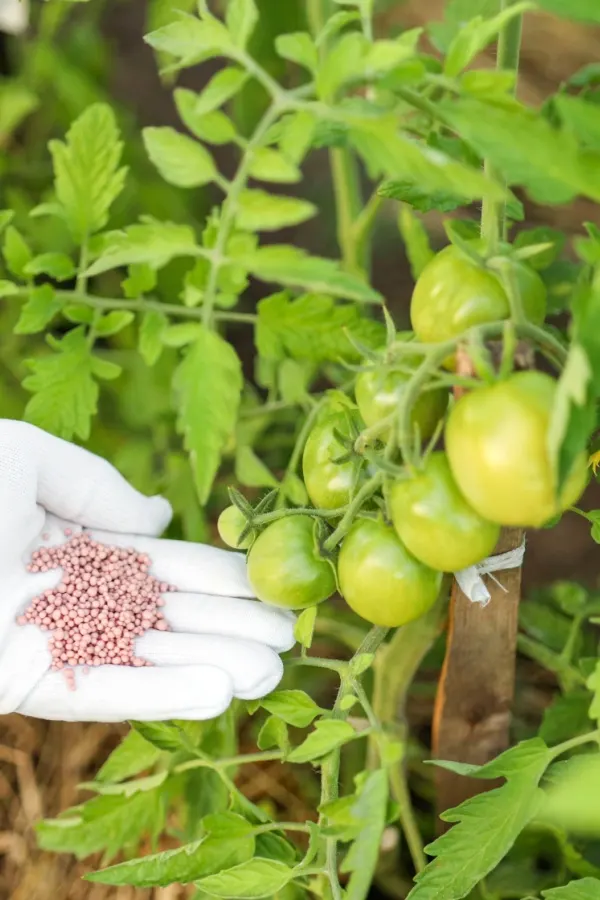
Each of these nutrients performs a different task. Nitrogen helps to fill out plants and produce foliage. Phosphorous is used to produce strong root structures as well as help plants set blooms and fruit. Potassium helps with the overall health of plants by strengthening the plant’s cell walls.
If the soil has too much nitrogen, the plants will produce an abundance of foliage but the nutrients in the soil won’t be able to sustain them. The result is leaves that curl downwards.
If the soil is lacking in either of the other two main elements, the plant can become stunted. This results in yellowing and curling of leaves as well.
How To Cure It – Tomato Leaves Curling
To help fix nutrient deficiencies or an excess of nutrients, it’s important to use the right type of fertilizer for each growing stage of your tomatoes. In addition, providing plants with a slow and steady supply of nutrients as opposed to a big dose is a big key as well.
After planting, give young tomato transplants a fertilizer that is higher in nitrogen. Then, after the first couple of weeks, switch to a fertilizer that has around double the amount of phosphorous and potassium as it does nitrogen. Affiliate Product Link: Farmer’s Secret Tomato Booster Fertilizer – 3:8:7 NPK
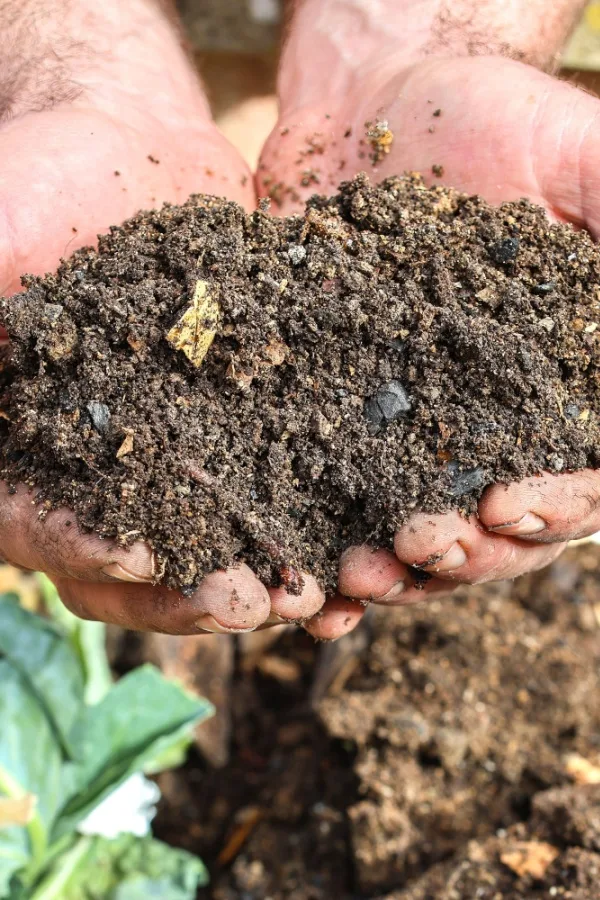
Continue to use this fertilizer throughout the rest of the summer. This provides plants with plenty of the right kinds of nutrients and helps to keep leaf curling at bay. For more on fertilizing tomatoes, check out our article, How To Fertilize Tomatoes With Liquid Fertilizer.
#2 Water Deficiency – Why Are My Tomato Leaves Curling?
Just like tomatoes are heavy feeders, they also require plenty of water to produce and sustain growing fruit. If there is a lack of water in the soil, the leaves will curl in an attempt to retain water. This is especially common during extremely warm spells.
Tomato plants grown in containers are most often at risk for having water deficiencies. The soil in pots isn’t able to retain the moisture as well as those planted directly in the ground.
How To Cure It
Tomato plants require at least one inch of either hand watering or rainfall each week. But instead of watering plants a little bit each day, water them deeply once or twice a week. This helps encourage the roots to grow deeper and become stronger. This does not apply to tomatoes growing in containers that usually need watering every day.
Only water tomato plants early in the morning or late at night. Also, avoid watering plants overhead since this can cause mildew and other issues to occur.
#3 Environmental Stress – Why Are My Tomato Leaves Curling?
Even though tomatoes are warm-weather plants, extremely high temperatures and harsh sunlight can cause undue stress on plants. Plants will curl their leaves in order to become smaller and have less surface area for the harsh sun to reach.

Excess wind can also cause stress to tomato plants. Not only can their branches and stems snap if they are not properly supported, but whipping winds can cause leaf curl on tomato plants as well.
How To Cure It
When planting tomatoes, choose a location in your garden that has a bit of protection from harsh winds. If that isn’t possible, be sure to support plants using trellises or cages. Attaching soft, biodegradable ties can help further support tomato plants and prevent them from being thrashed about by the wind.
You can use a shade cloth or net to give tomato plants a bit of a break from bright sunlight. While some sunlight and heat will still make its way to the plants, it will lessen the overall intensity. Product Link: BeGrit 50% Shade Cloth
Also, be sure to keep plants watered well. Adding mulch around the base of the plants can help cool the temperature around the soil and retain moisture and reduce the chance for leaf curl.
#4 Viruses – Why Are My Tomato Leaves Curling?
There are many different viruses that can affect tomato leaves and cause curling to happen. One of the most common viruses that results in leaf curling is tomato mosaic virus. This often causes mottled leaves that look distorted and disfigured. The fruit itself ends up brown in the middle.
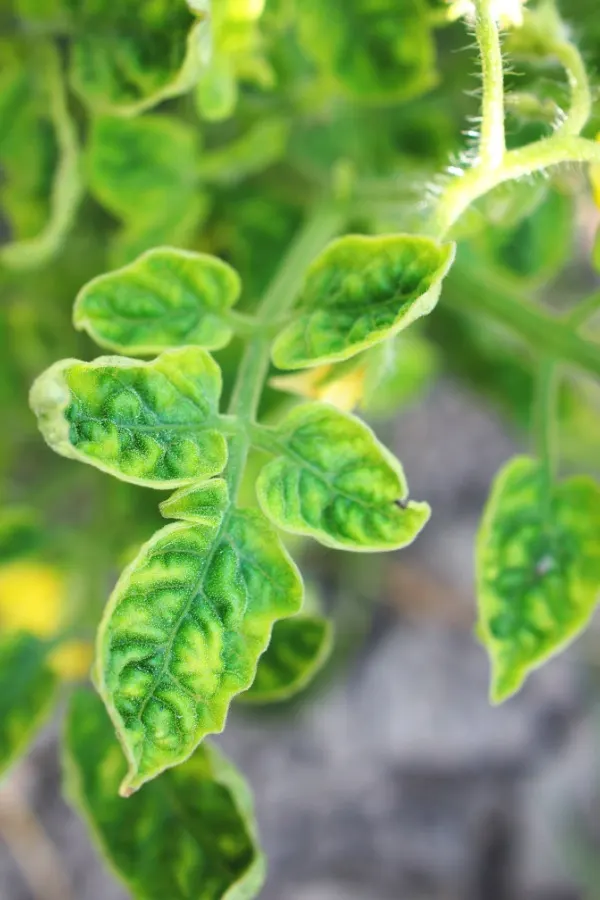
Another culprit of leaf curling is the tomato spotted wilt virus. This results in leaves that are cupped downward with dead spots.
Tomato yellow leaf curl virus is another common problem that causes leaves to turn pale green and become cup-shaped. The edges of the leaves turn yellow while the bottoms are purple in color. Whiteflies are a common transmitter of yellow leaf curl.
Dealing With Leaf Curl From A Virus
It can be hard to narrow down which virus is causing leaf curling in your tomato plants. Even when you do, unfortunately, they can be hard to cure.
Your best bet is to remove the affected plant from your garden space completely. Do not add any of the tomato foliage to home compost piles either since many diseases can survive through the composting process.
Treat any healthy plants if needed. Use organic sprays and other methods to eliminate virus-carrying pests and insects. This can help to prevent viruses from occurring in the first place. As with most problems, prevention is always easier than trying to fix a problem that is already happening.
Here is to getting your tomato plants back on track from leaf curl!
I Grow Tomatoes
Follow Our Facebook Page For Even More Great Tomato Growing Tips! I Grow Tomatoes Facebook Page
I Grow Tomatoes is a website created for those who love all things about tomatoes – from planting and growing – to cooking and canning! We publish two articles every week, 52 weeks a year. Sign up today to follow via email! This article may contain affiliate links.
